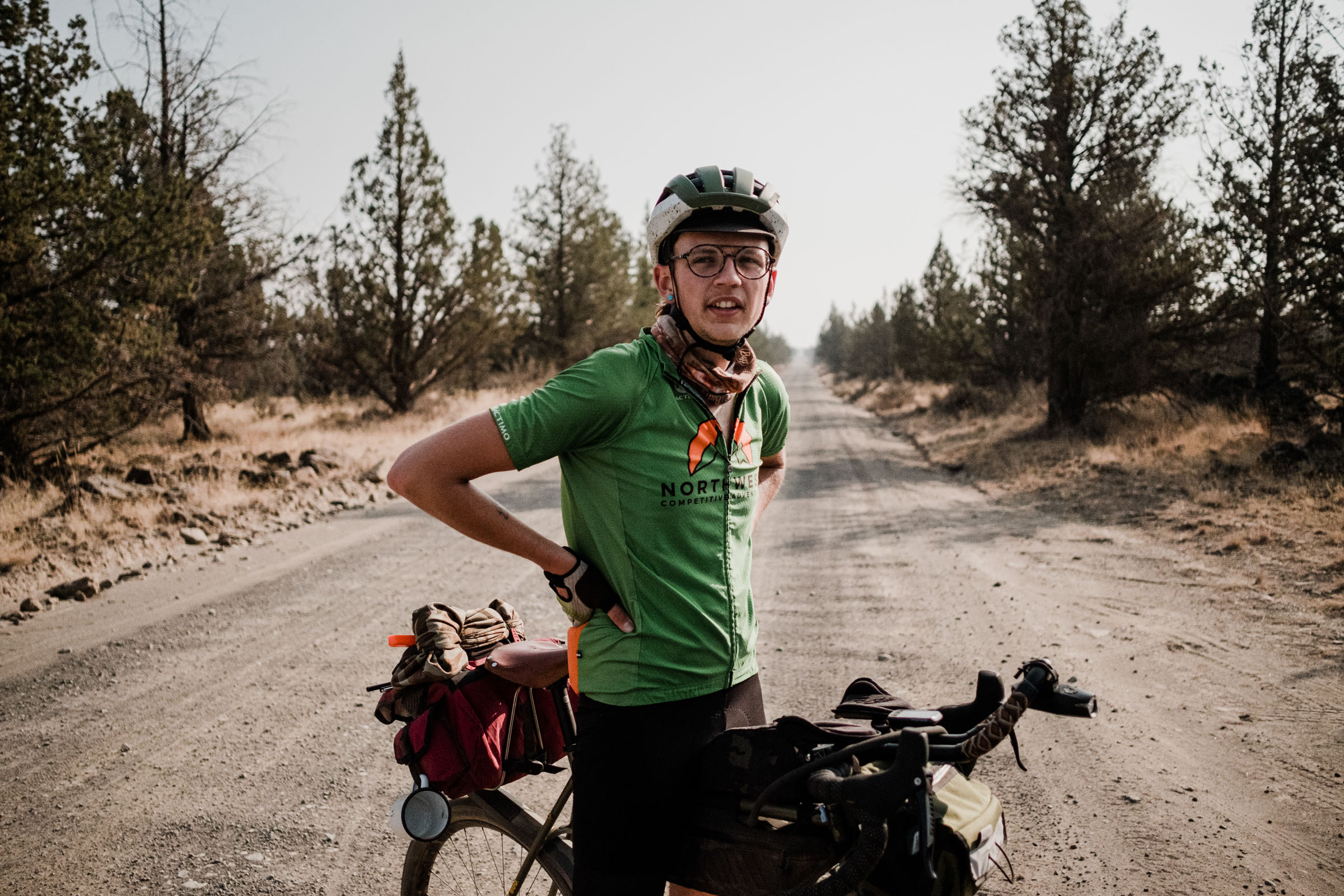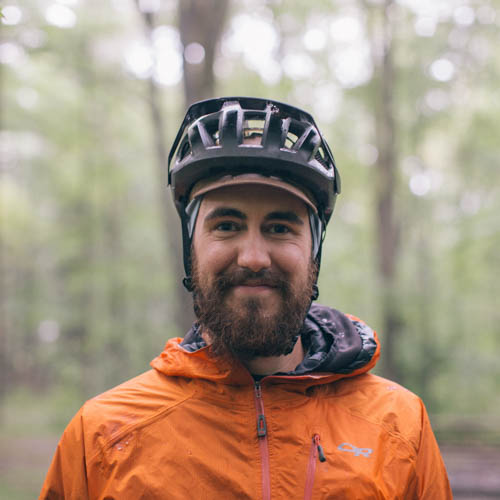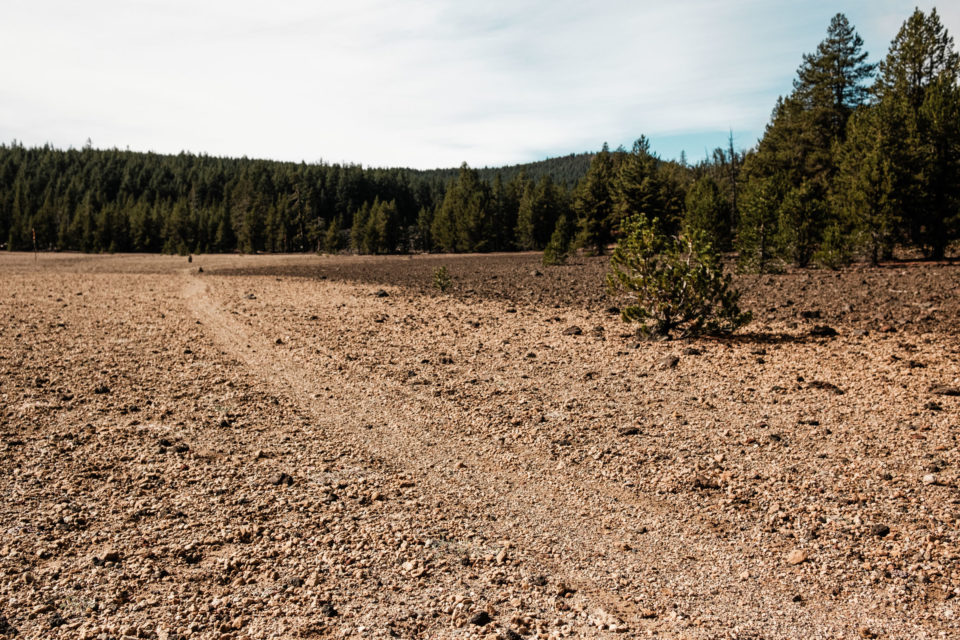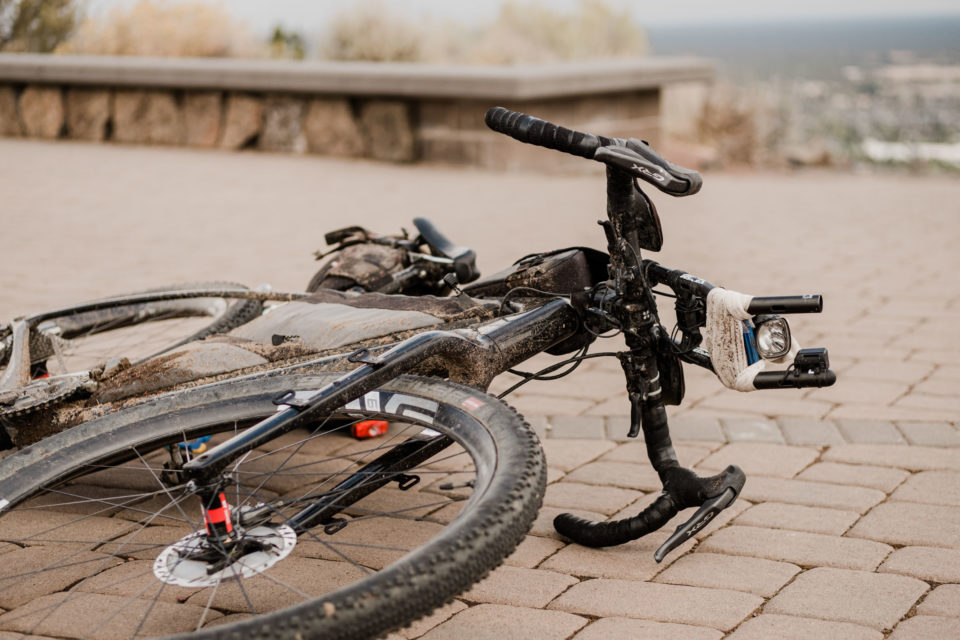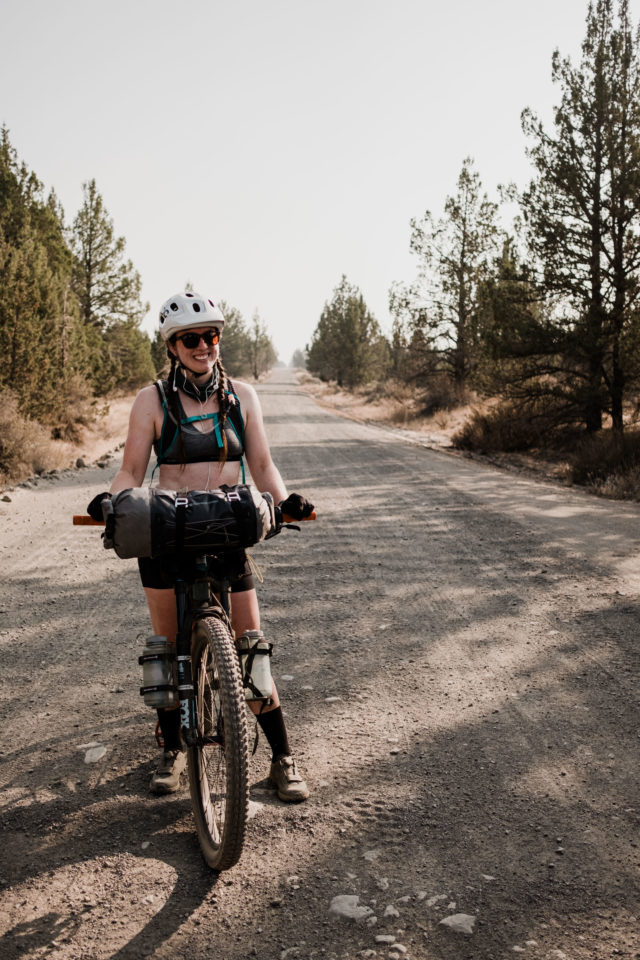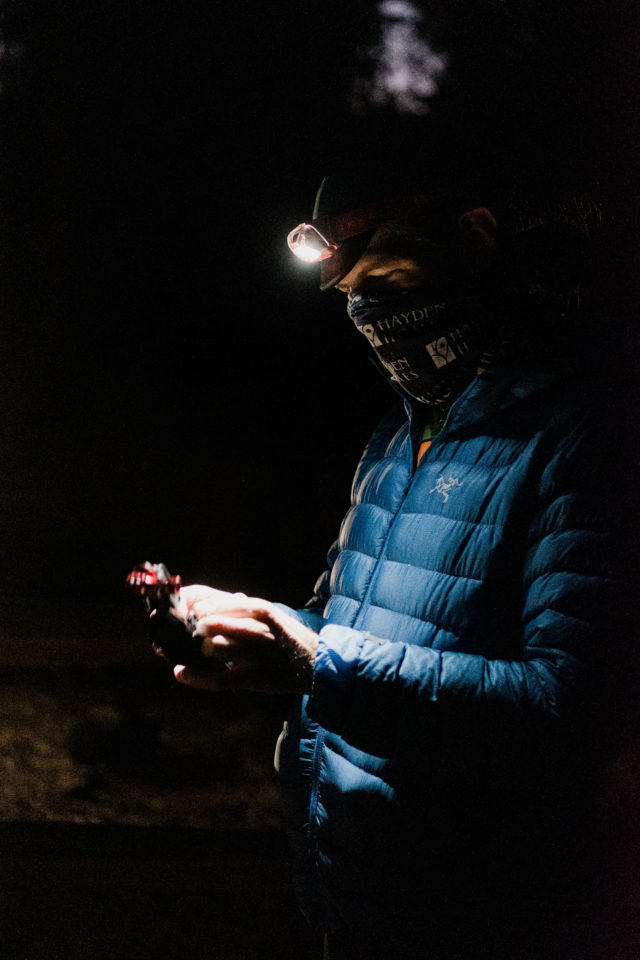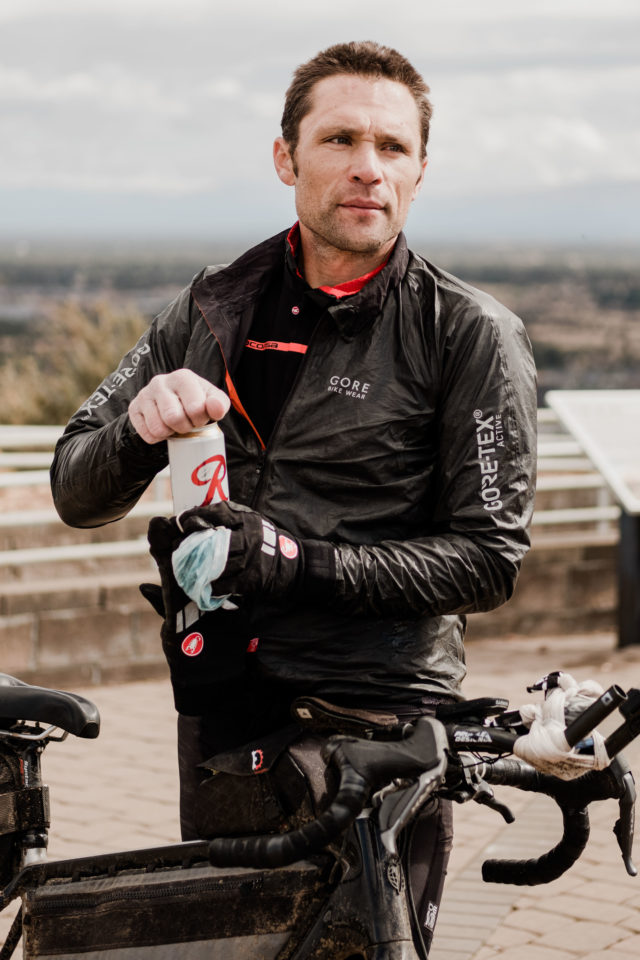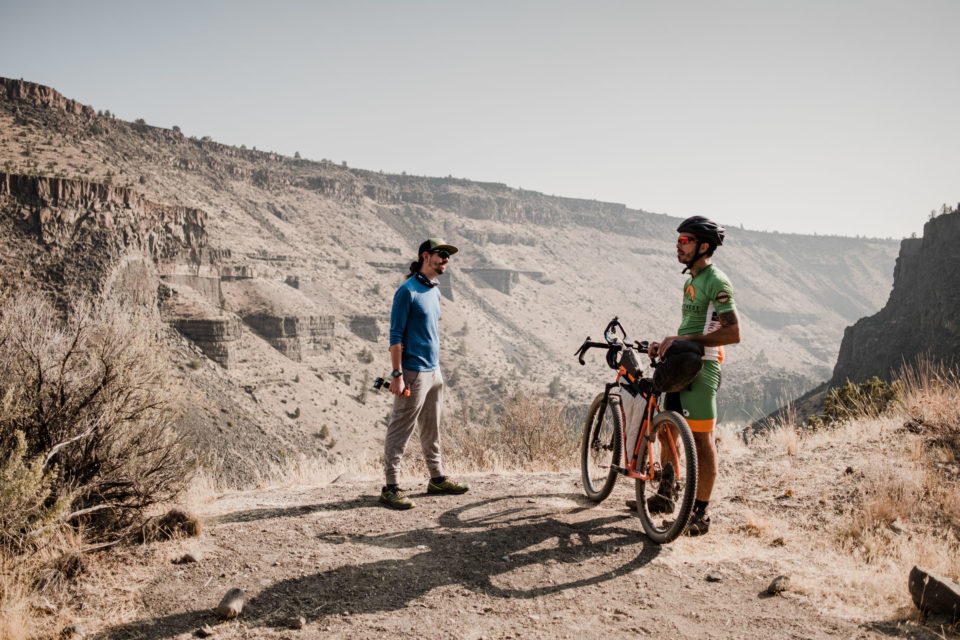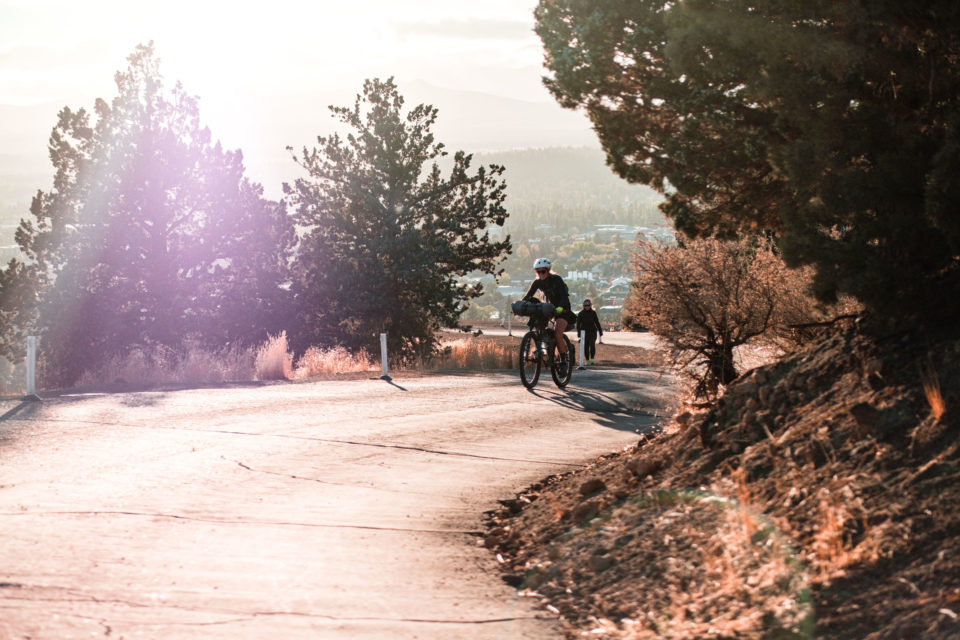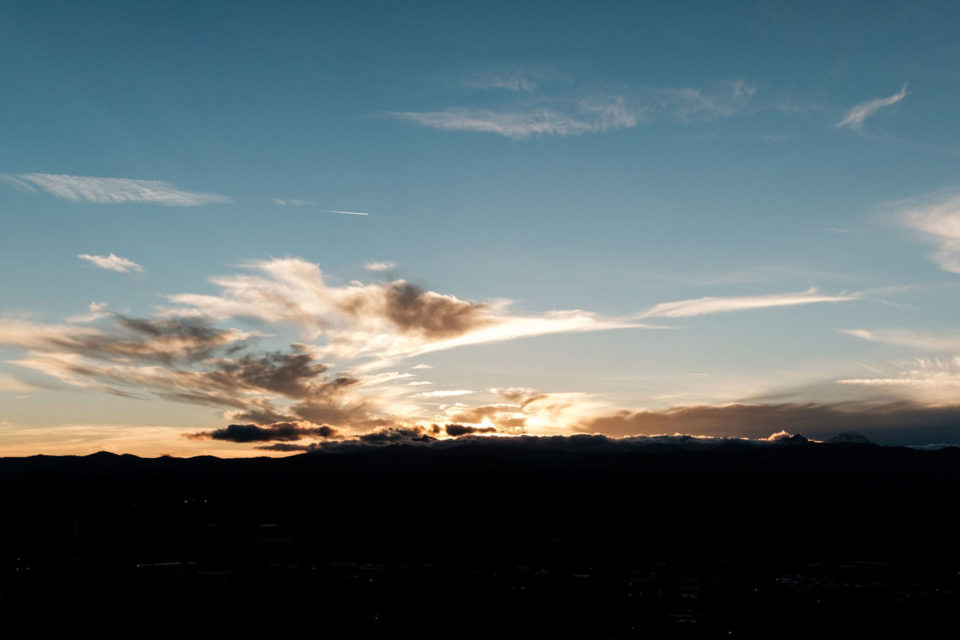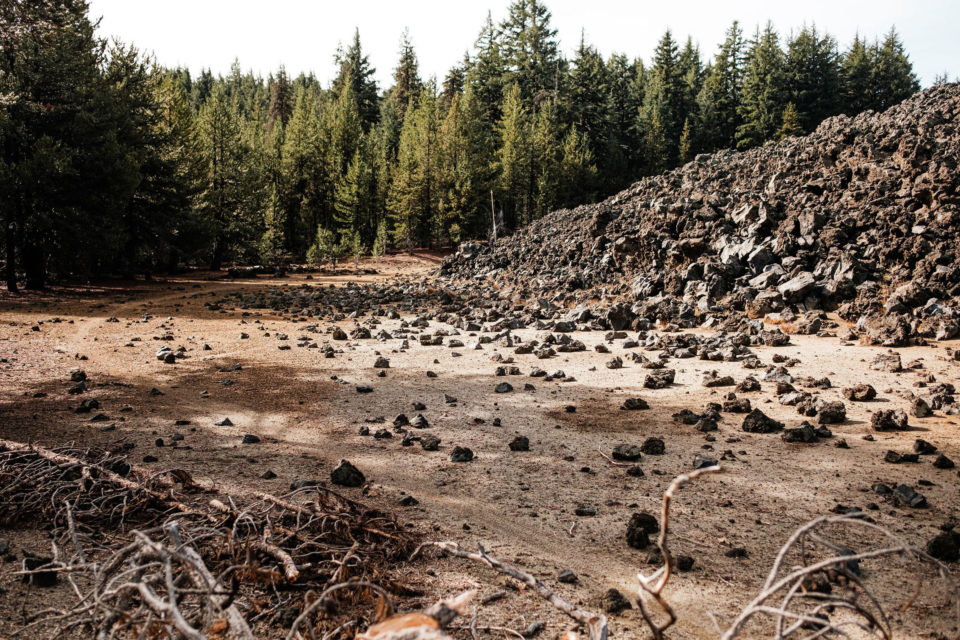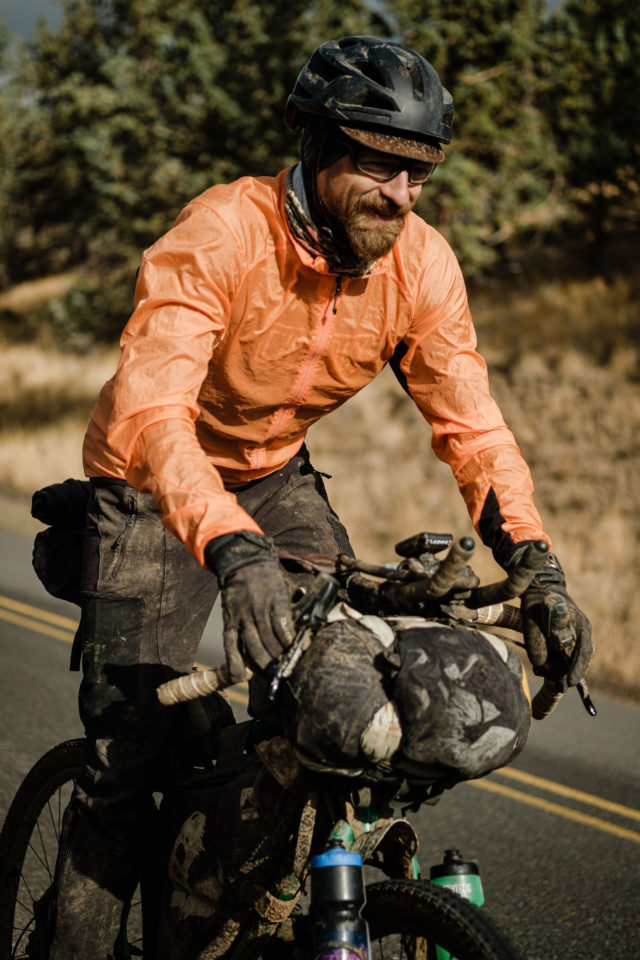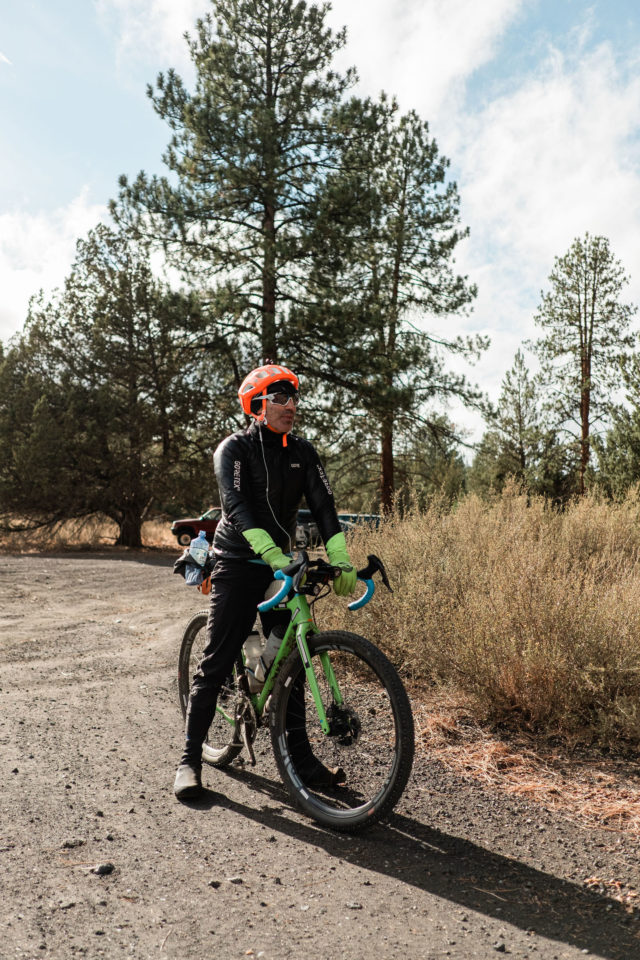Beyond the Ochocos (Film)
Beyond the Ochocos is a new film by Seth DuBois and Ebb Media that documents the inaugural edition of The Big Lonely bikepacking event in Central Oregon, which took place last fall. Watch the full film here, along with a Q&A with the event organizer, Jesse Blough…
PUBLISHED Mar 23, 2021
The Big Lonely is a 362-mile unsupported bikepacking adventure in Central Oregon with 25,000 feet of elevation gain. Racers traverse the iconic Mrazek Trail in the Skyline Forest, ride along the Metolius and Crooked Rivers, summit the relentless Ochoco Mountains, and cross the high desert on a smooth and seldom-ridden 30-mile ribbon of singletrack. All registration proceeds from this year’s race benefitted Bethlehem Inn, a shelter supporting the homeless community in Central Oregon.
Beyond the Ochocos is a film produced by Seth DuBois at Ebb Media (@ebb.media) documenting the inaugural event, which took place on October 9th, 2020. The race brought weather conditions that not only tested the resolve of the riders, but also the capabilities of their equipment as they made their way through the Ochoco Mountains. Watch the full 26-minute film below, followed by an interview with the event organizer, Jesse Blough (@thegreatjesse), to learn more about the Big Lonely’s inception, the 2021 event, and more.
Tell us about the Big Lonely and how it got started.
Jesse: I’ve lived and trained for bikepacking races in Central Oregon for eight years. It’s an amazing place for adventure of all varieties, but particularly bikepacking. While training for the Atlas Mountain Race, I decided to create a route that showcases the best of what we have to offer, using a handful of my favorite roads and trails.
The Big Lonely is a mixed-surface, 350(ish) mile bikepacking route that circumnavigates Central Oregon. It takes place on the ancestral land once occupied by Northern Paiute, Yahooskin, Tenino, Confederated Tribes of Warm Springs, Molalla, and Klamath peoples. The route travels over singletrack, gravel roads, 4×4 trails, and paved Scenic Bikeway. The route finishes on the summit of Pilot Butte in Bend, where riders can see a 360° view of many of the high points of their race. The race is held annually on Indigenous People’s weekend in October.
How was the route established? Did you scout it yourself?
Jesse: Yeah, I have ridden or driven the entire route. For 2020, a number of local bikepackers helped me scout segments, some of which didn’t make it into the final route. The bikepacking community here is awesome, and their support was invaluable in making this a reality.
Unfortunately, a section of the route was affected by wildfire prior to the 2020 grand depart, so I had to scramble to find a reroute just a few days prior to the race start. Although the fire destroyed some beautiful forest along the Metolius River, riders were surprisingly happy with the reroute and it has become a permanent part of the route!
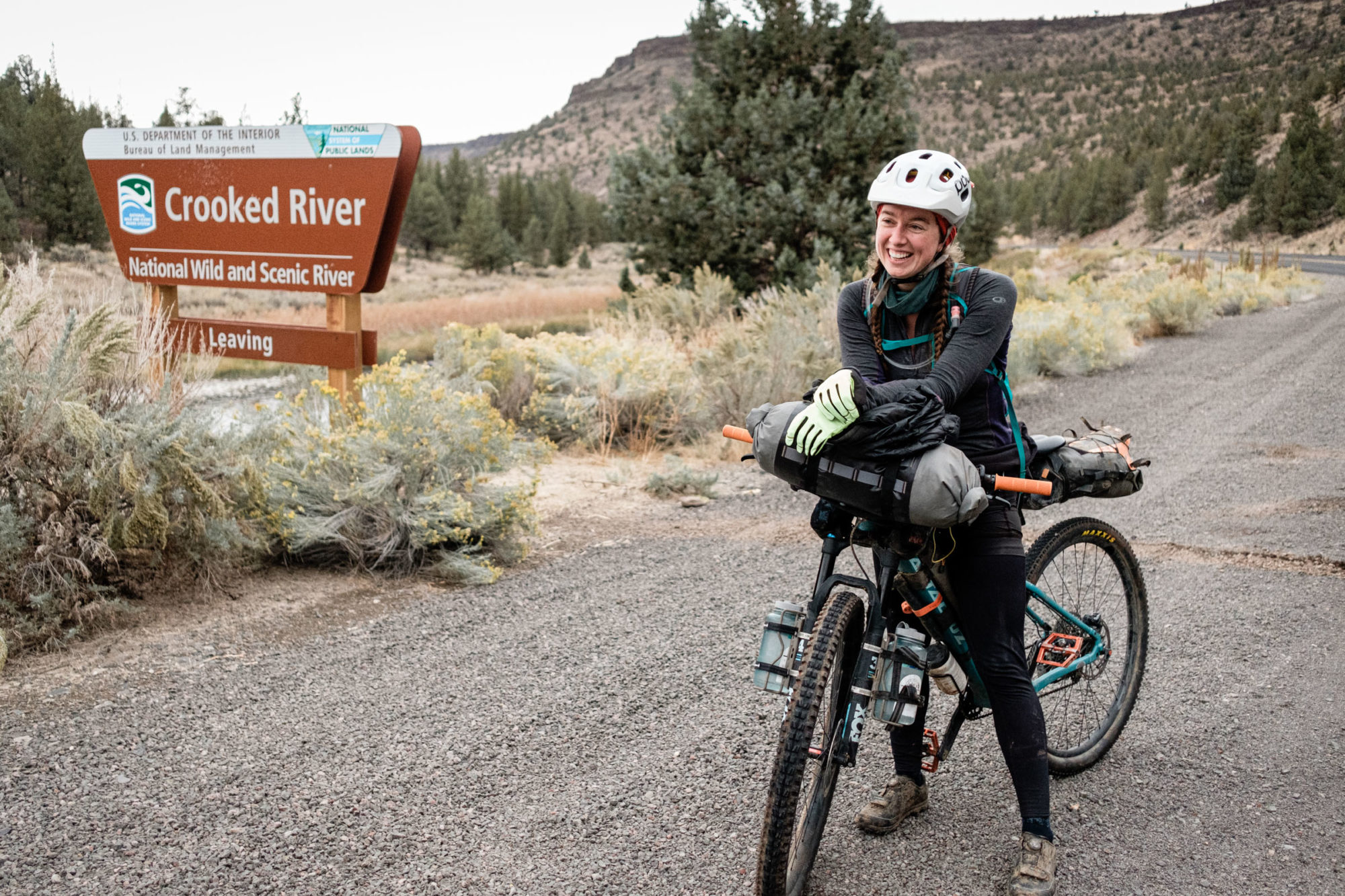
What makes the Big Lonely unique?
Jesse: First and foremost, it’s one of only a few bikepacking races in our beautiful state. Riders travel through empty desert, ponderosa pine forests, over jagged volcanic rock, and wind their way along deep river canyons.
I feel that the 350-mile distance is perfect for a long weekend, where experienced racers can hammer through in 30-40 hours while other riders may take 4-5 days to complete. This provides a challenge to all levels, making it a great first-time event for some and a hard continuous effort for others. I’ve raced many international bikepacking events where there’s a level of care and professionalism involved that I’d like to impart on The Big Lonely, with a dotwatching team and media car on route. Riders are expected to be fully unsupported, but if something really bad happens, I wanted to make sure I could help if needed.
What makes the race most interesting to me is the tumultuous season during which the event takes place; Central Oregon weather in October at 7,500 feet (the high point) is wildly unpredictable. I really wanted the weather to be a character in the story of the race, because I’ve learned to perform well when racing in challenging conditions and I think there’s value in that experience. It means that riders have to carry trustworthy equipment and may experience a variety of conditions, from snowy evenings to muddy hike-a-bike to hot afternoon sun.
How did last year’s inaugural grand depart go?
Jesse: 2020 was certainly an interesting year to host a race. We had 40+ riders registered, but many didn’t make it to the start line for various reasons. We started with 14 riders at the grand depart, in masked waves, based on their estimated finishing times. Only five of those riders would finish.
At the start line, I warned riders that rain was incoming and that they should try and push their way into the Ochoco Mountains before camping, else they’d be stuck in the deep and unrideable mud. Unfortunately, the rain came early and most riders never made it out of Ashwood, a ghost town just below the climb into the Ochoco Mountains at mile 110. This muddy section split the field into two groups: those who made it beyond the Ochocos that first night, and those who didn’t. Kristen, the women’s record holder, and Sam Powell, the 2020 lanterne rouge, hiked nearly 20 miles in sticky mud carrying their bikes. For context, the three leading riders, who didn’t contend with mud, finished 48 hours ahead of Kristen, largely due to the deteriorating conditions of the first two days.
Scratched riders had a buffet of mud- and weather-related issues: broken derailleurs, shredded tires, failed rain gear, crash injuries, etc. Despite my fears that someone would get into an emergency situation, all of the riders were able to stay safe. We had a fantastic group of dedicated dotwatchers, all of whom are experienced bikepackers/racers, monitoring the race from various time zones. This, coupled with me being on route in the vehicle with the videographer, made for a safe(ish) environment for the new racers.
Have there been any changes for the 2021 event?
Jesse: The route will go largely unchanged, with a few exceptions: I will be partnering with a local business to host the start of the race, and the final stretch of pavement will be on a quieter road than the highway.
The 2021 event is the primary fundraiser for the Adventure Access Fund, a non-profit organization I founded to provide education, equipment, and financial resources to prospective BIPOC/marginalized adventurers. Registration is donation-only and capped at 75 riders.
Finally, I’m hopeful to have three checkpoints along the route where riders will receive a brevet stamp at local businesses. I want this event to integrate the local community as much as possible, and give volunteers an opportunity to experience the energetic buzz of a bikepacking race atmosphere. I love seeing people get excited about bikepacking and want to do my part to grow this community.
You’re also behind Northwest Competitive Adventure. What’s that about?
Jesse: Northwest Competitive Adventure is an athlete collective that specializes in competitive adventure sports. We share equipment, support each other at events, and impart our knowledge to our teammates and the local community here in the Northwest. And it’s not just bikepacking! We have athletes who compete in 200+ mile ultramarathon races, set unsupported FKTs on long-distance hiking trails, compete in international and transcontinental bikepacking races, climb big mountains around the globe, and all manner of adventure in between. I’ve always been passionate about self-supported challenges, from ultrarunning to long-distance hiking and bikepacking, and I feel that the outdoor community is better together than divided into distinct groups. There’s so much overlap in our use of public land and resources that we would do well to work together to protect it, and my hope is that our adventure collective can be a model of that.
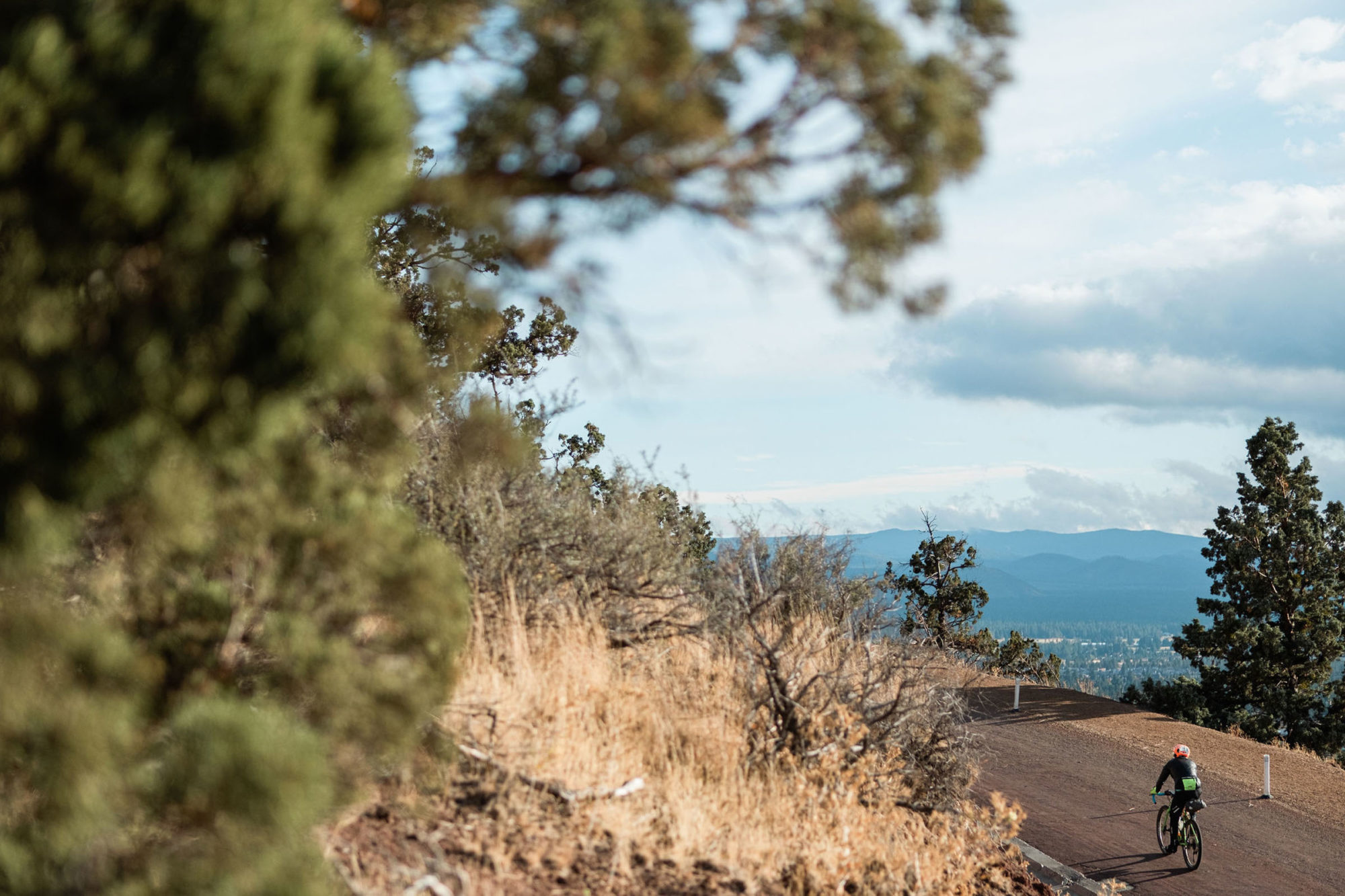
Any big plans for NW Competitive for 2021?
Jesse: Yes! We’ve got team members (Ben Handrich and Jon Conway) out doing ITTs of the Kokopelli Trail right now in preparation for the upcoming race season. Seth, the videographer and director of Beyond the Ochocos, is a teammate and will be racing Silk Road Mountain Race this year, and so will another athlete on the team, Jeff Taylor. Several team members, including Colton Berk, Sam Rivera, and Ivan Moore will be racing the second edition of the Big Lonely. Phil Stiff, a Bend local, will be competing in the inaugural Oregon Timber Trail grand depart as well as the Cascadian Crossing 300 here in Bend. We will be hosting an organized, semi-supported tour of the Big Lonely route for new bikepackers as well as a handful of clinics at our local retail partner locations.
On the back end, I’ll be working on developing new routes that I’d like to use as bikepacking races for future years. I had hoped to organize two new events in addition to the Big Lonely in 2021, but didn’t feel that a spring race would be responsible and my “uncomfortably hot” route isn’t ready yet. I’d like to continue developing our sponsor network to provide value to both the team and to our sponsors. I’ve been heavily focused on Adventure Access Fund for the last year and would like to work toward making that organization primarily BIPOC-led.
Do you have any big rides or trips planned for this year?
Jesse: Unfortunately, I was hit by a distracted motorist during the Arkansas High Country Race back in November, and my late 2020/early 2021 plans were thrown out as a result. My next big event is the Odyssey of the VOG, a 300-mile race on the Oregon coast in May. I also have a few local road and gravel races on the calendar for May and June and will be helping organize the 26th Annual Chainbreaker XC race, a fundraiser for the Bend Endurance Academy. I will do a bunch of shorter bikepacking trips throughout the spring and early summer to dial in my gear for the season.
In July, I plan to head to Italy for NorthCape4000 (COVID-pending), and may do the Oregon Timber Trail grand depart in August, if I’m back from Europe in time. If NC4K looks unlikely to happen, I may do a border-to-border ITT of the GDMBR in June or July.
You can find the details for The Big Lonely (2021) on our events calendar or at NWCompetitive.com. Follow Northwest Competitive Adventure on Instagram @northwestcompetitive and Jesse at @thegreatjesse.
Please keep the conversation civil, constructive, and inclusive, or your comment will be removed.







